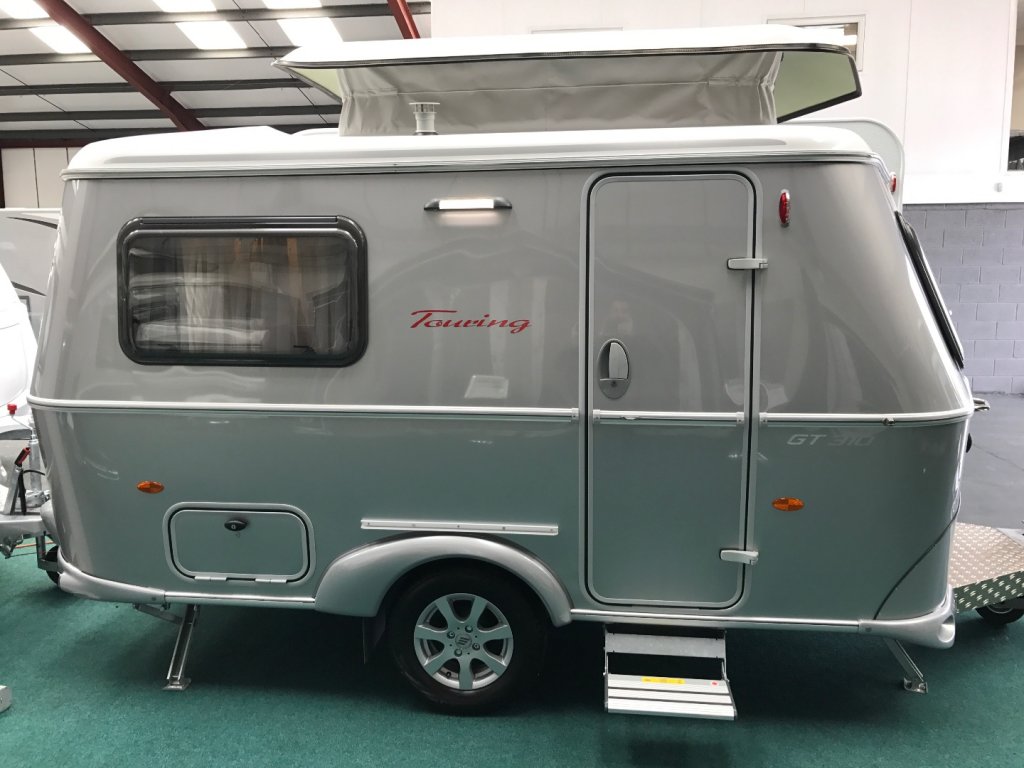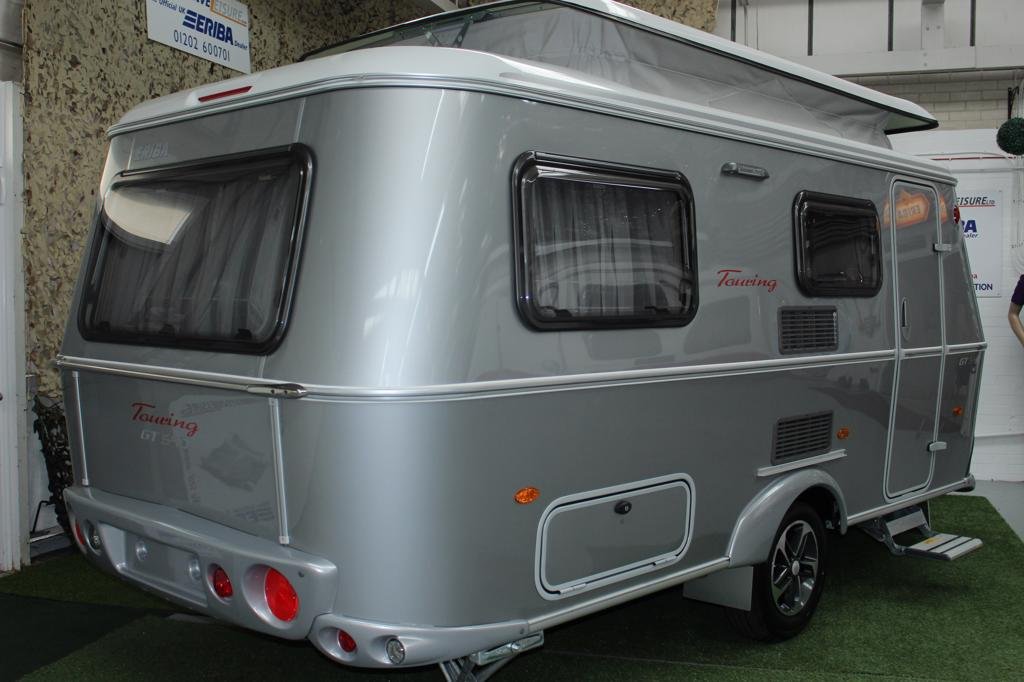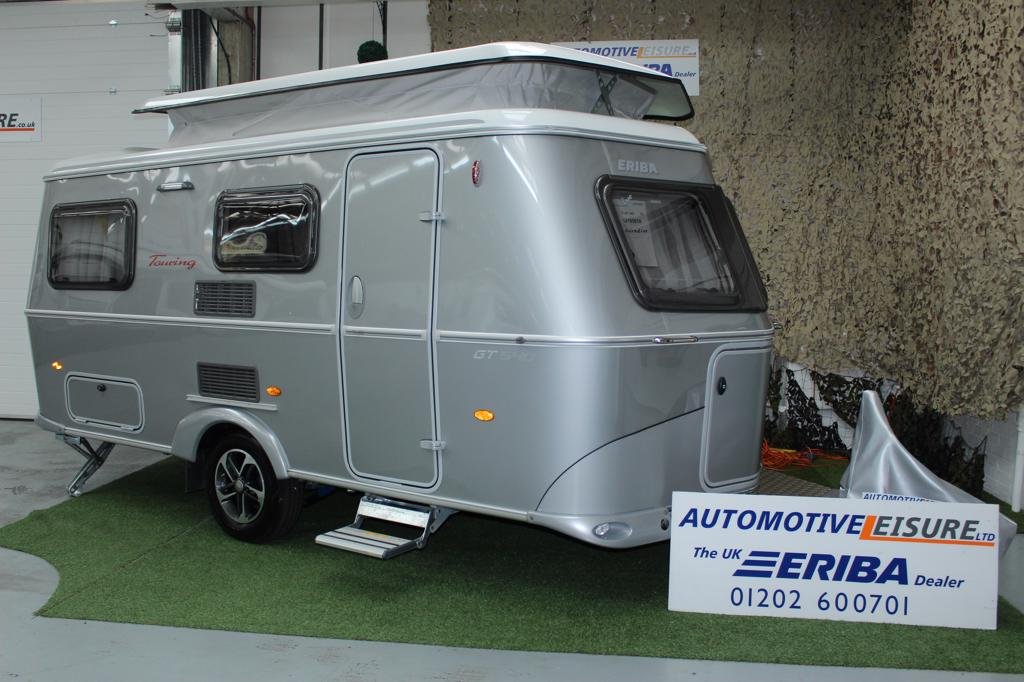One thing I found with quite a few people I chat to is their mistaken belief that, for example, (for AGM batteries)
1. A 30 A charger will charge 30 amps in one hour = rarely the case.
2. If, i.e a 120 AH battery is at 50% State of Charge (SOC) the same charger will take 2 hours to charge = It won't.
I'll use my chargers as examples - a. Voltech BC-1230 P 240 VAC mains smart charger and b. Redarc BCDC1220 DC-DC charger. The Voltech is set to 21 amps (it has increments of 10 to 100% charge rate) so set to 70%. I've monitored it's charge rate in Bulk mode on a number of occasions and never seen it exceed 18.2 amps and generally near 15 amps. This is because as a smart charger, like the Redarc, it is "very smart"/ It looks at the battery's condition, size, temperature etc etc. and adjusts accordingly to the best charge rate it determines for the battery.
However, this only occurs until the battery is approx. 80% SOC, then the charger goes into Absorption Mode. Here, the charger increases voltage to approx 14.4/14.5 V and the charge amps gradually reduce until the battery is nearly 100% full. This stage can take several hours to achieve and again can vary from battery to battery, charger to charger, install to install and temperature. So there is no definitive time anyone can quote.
What I do know is my 130 AH battery at 75% SOC (about 33 AH used) with the Voltech charger set to 21 amps charge rate takes about 2.5 to 3.0 hours to reach float mode.
That can vary as it also depends on if there is any load on the battery during charging.
Conversely, the Victron 15 A solar controller, on a moderate day in winter, reaches float mode around mid afternoon with the same use. Again impossible to quantify as solar is very weather dependent, I recently had 2 days of absolutely atrocious weather and needed to run the Voltech (genny powered to top up).
What Lithium allows is, in my opinion, 3 distinct advantages - 1. Much more rapid charging, whatever the source (VAC, DC-DC or Solar), 2. Extended time frame between charging as you can cycle deeper. and, 3. A more constant voltage through that cycling avoiding low voltage cutout on fridges and even some TVs.







